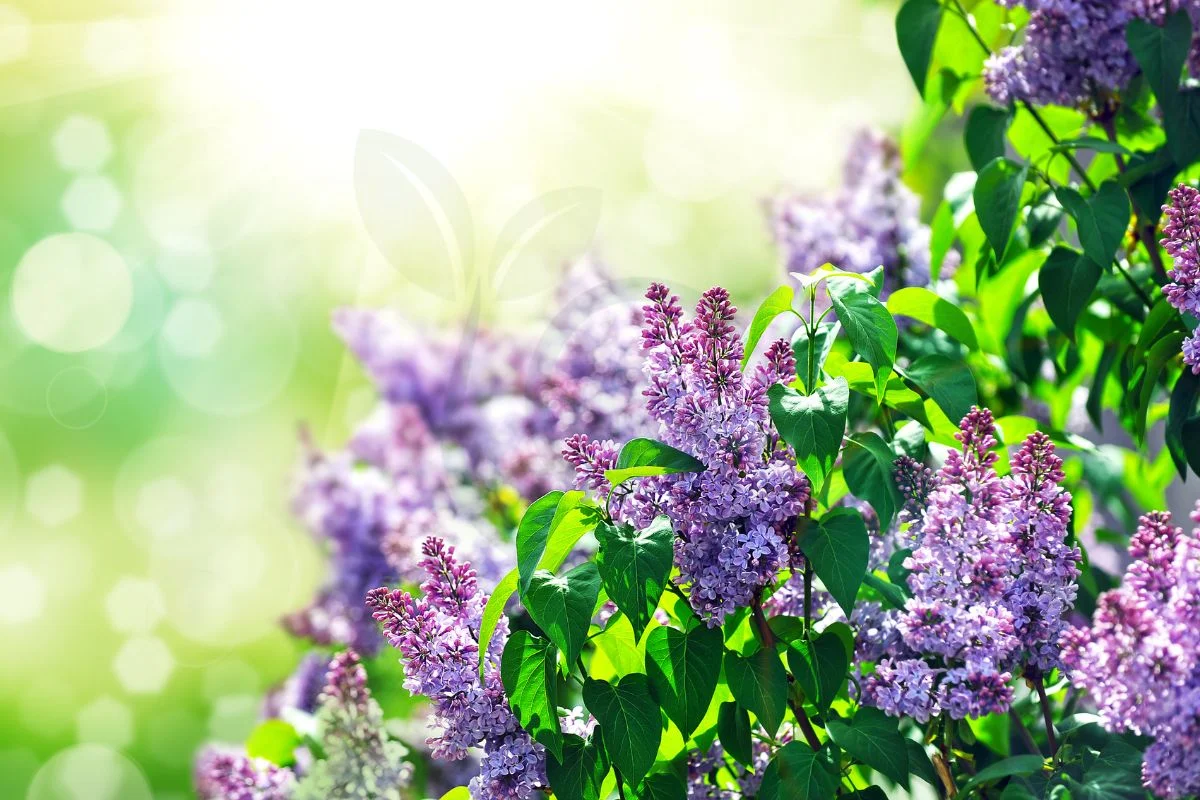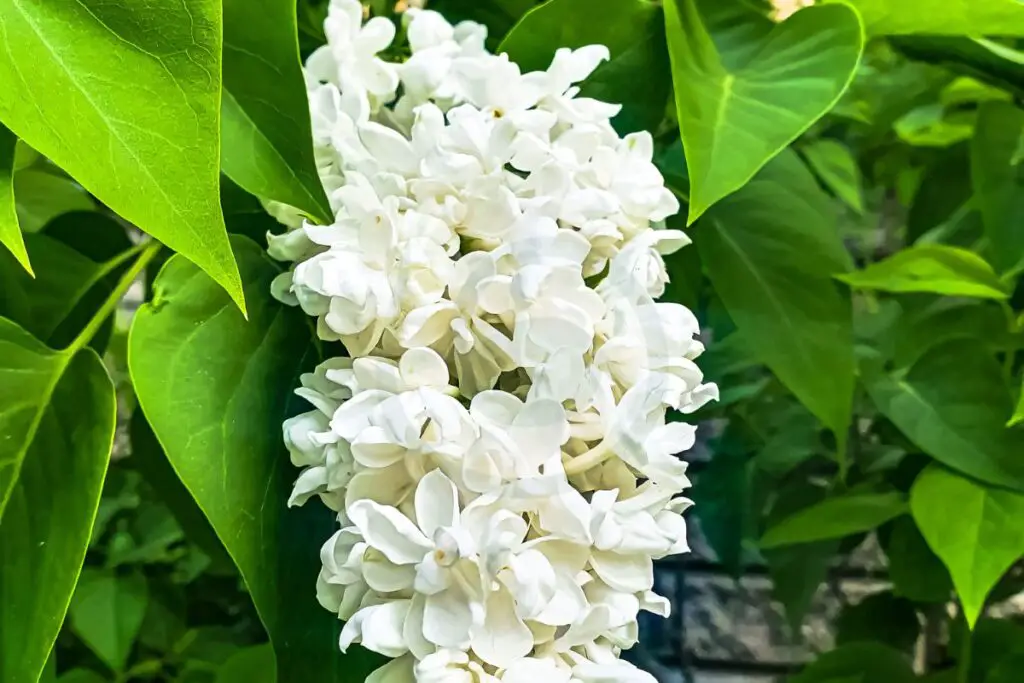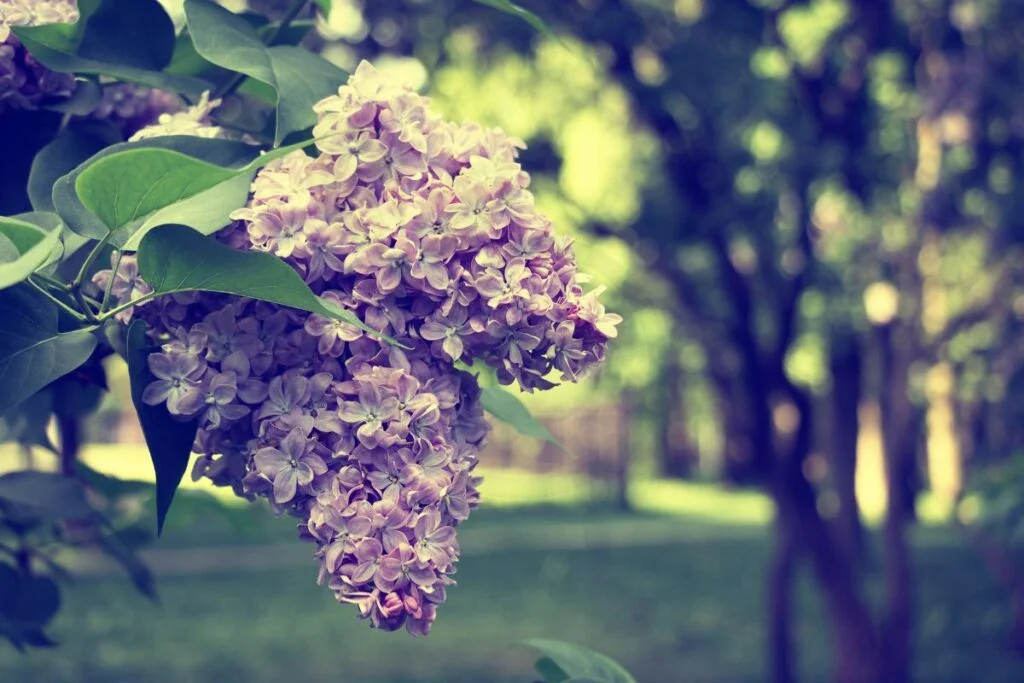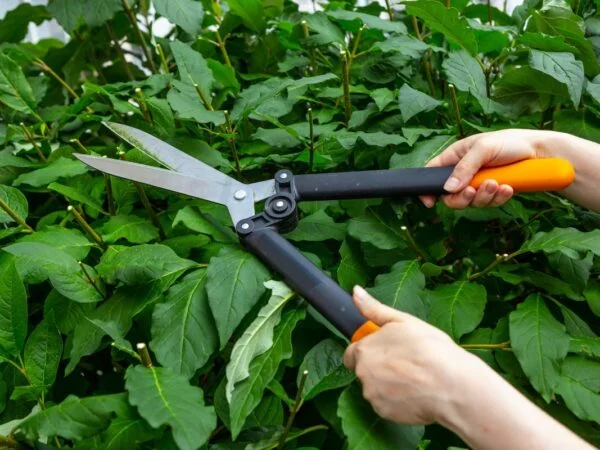
Struggling to get your lilac bush to bloom? We've got you covered! By following some simple tips and tricks, you can transform your lackluster shrub into a vibrant blooming beauty in no time.
Key Takeaways
- Ensure your lilac bush receives adequate sunlight and is planted in well-draining soil to promote blooming.
- Regular pruning is essential for encouraging blooming by removing old wood and promoting new growth.
- Use a balanced fertilizer in early spring to provide necessary nutrients for healthy blooms.
- Address non-blooming issues by checking for pests, diseases, or improper pruning practices.
- Create an ideal environment by maintaining proper moisture levels and airflow around the lilac bush.
- Understand the specific care requirements of different lilac varieties to maximize blooming potential.
Lilac Blooming Basics
Sunlight Needs
Lilacs thrive with at least six hours of direct sunlight daily. Planting in partial shade may hinder blooming. Monitor sunlight to ensure healthy flowering.
Soil Preferences
For optimal performance, plant lilacs in well-drained soils. Check drainage before planting to avoid waterlogging. Soil quality is crucial for encouraging blooming.
Watering Guidelines
Regular watering during dry spells is essential for lilacs. Mulch helps retain soil moisture, aiding blooming. Avoid overwatering to prevent root rot.
Soil and Light Requirements
Testing Soil Acidity
Before planting lilacs, it's crucial to test soil pH levels to ensure optimal conditions for blooming. Adjust the soil acidity based on the test results by using suitable amendments. Correcting the soil pH will provide a favorable environment for your lilac bush.
Ensuring Adequate Sunlight
To encourage blooming, make sure your lilacs are not overshadowed by other plants. Trim any nearby trees or shrubs that may be blocking sunlight from reaching the lilac bush. Monitoring changes in sunlight exposure is essential for ensuring your lilacs receive the necessary light for optimal blooming.
Adjusting Conditions
If needed, modify the planting site conditions to enhance blooming of your lilac bush. Consider relocating the lilacs to a sunnier spot where they can thrive. Adjust soil quality and drainage to meet the specific needs of lilacs, promoting healthy growth and abundant blooms.
Importance of Pruning

Pruning Time
Prune shrubs immediately after flowering in spring, ensuring optimal blooming for your lilac bush. Avoid late summer, fall, or winter pruning to prevent disrupting the next season's growth. Trim lilacs to maintain shape and eliminate dead wood, promoting healthier and more vibrant blooms.
Techniques
Utilize sharp and clean pruning tools when maintaining your lilac bush, enhancing precision and preventing disease spread. Cut back one-third of older stems to rejuvenate the plant and stimulate new growth. Employ proper pruning techniques to foster flowering and maintain an aesthetically pleasing appearance.
Avoiding Common Mistakes
Steer clear of heavy fertilization that can impede lilac blooming, leading to lackluster flowers. Prevent excessive vegetative growth by limiting fertilization to encourage robust blooming. Do not prune lilacs at the wrong time as it may result in the loss of flower buds, impacting the next blooming season.
Fertilization for Blooms
Choosing Fertilizers
When fertilizing lilacs, opt for light fertilizers in early spring. Select balanced options that cater to lilac needs. Consider using organic fertilizers to promote healthy blooming.
Application Timing
Apply fertilizers to lilacs early in spring for optimal results. Avoid fertilizing during late summer or fall to prevent issues. Time the application to coincide with lilac growth stages.
Quantity and Frequency
Apply fertilizers sparingly to prevent excessive vegetative growth. Follow recommended quantities for best results. Moderate fertilization supports flowering of lilacs effectively.
Troubleshooting Non-Blooming Issues
Identifying Problems
Monitor your lilacs regularly to catch any signs of nutrient deficiencies early on. Lack of essential nutrients like nitrogen, phosphorus, or potassium can hinder blooming.
Keep an eye out for pests and diseases that may be affecting your lilac bush. Insects like aphids or diseases like powdery mildew can impact blooming.
Identify common issues such as improper pruning, inadequate sunlight, or water stress that could be hindering your lilac's growth and flowering potential.
Corrective Actions
Take immediate action to address any nutrient deficiencies by fertilizing your lilac bush with a balanced fertilizer suitable for flowering plants.
Promptly treat any pests or diseases using appropriate methods to prevent further damage to your lilacs and promote healthy blooming.
Implement corrective measures such as adjusting pruning techniques, ensuring adequate sunlight exposure, and maintaining proper watering practices to improve the overall health and blooming of your lilac bush.
Expert Tips
Seek guidance from local gardening experts who have experience in caring for lilacs. Their insights can provide valuable tips specific to your region's climate and soil conditions.
Engage with gardening forums where you can interact with other enthusiasts to exchange tips on cultivating healthy lilacs. Sharing experiences can offer new perspectives on addressing blooming issues.
Consult experienced gardeners who have successfully grown vibrant lilac bushes for personalized suggestions on care techniques. Their firsthand knowledge can help you tailor your approach to suit the needs of your specific plant.
Creating the Ideal Environment
Mulching and Aeration
Applying mulch around your lilac bushes is essential to retain soil moisture, promoting healthy growth. Utilize organic mulch such as shredded bark or compost to enhance the soil structure, aiding in water retention. Proper aeration of the soil around lilacs is crucial for robust root development.
- Mulch retains moisture
- Organic mulch improves soil
- Proper aeration supports root growth
Protection from Elements
Shielding your lilac bushes from strong winds is vital to prevent damage to delicate blooms and branches. During cold spells, provide frost protection by covering them with burlap or frost cloth. Protecting lilacs from extreme weather conditions like scorching heat or heavy rainfall ensures optimal blooming.
- Shield from strong winds
- Provide frost protection
- Protect from extreme weather
Companion Planting
Selecting companion plants that complement lilacs can enhance the overall aesthetics of your garden. Planting compatible flowers nearby not only adds visual appeal but also supports the health of your lilac bush. Avoid introducing aggressive species that may compete with lilacs for nutrients and sunlight.
- Choose complementary plants
- Enhance garden aesthetics
- Avoid aggressive species
Seasonal Care Guide
Spring Tasks
Spring is the time to perform pruning and fertilization for your lilacs. Keep a close eye on their growth and health, ensuring they are on track for a beautiful bloom. Follow specific care routines tailored to prepare your lilacs for blooming during this season.
Summer Maintenance
During the hot summer months, it's crucial to water your lilacs regularly to keep them hydrated. Be vigilant in monitoring for any signs of pests or diseases that may harm your plants. Providing shade for your lilacs on scorching summer days can help maintain their health.
Fall Preparations
As fall approaches, start preparing your lilacs for winter dormancy by taking necessary steps to protect them. Mulching around the base of the plants will help insulate the roots during the cold winter months. Lightly prune your lilacs in the fall to ensure they maintain their shape and structure.
Understanding Lilac Varieties

Bloom Times
Lilac varieties have different blooming schedules, so understanding them is crucial for optimal blooms. Some lilacs bloom in early spring, while others bloom later in the season. Common lilacs typically bloom in late spring to early summer. For certain varieties, expect blooms within one to two years after planting, ensuring patience for new growth.
Size and Color
When planning your garden, consider the mature size of lilacs as they can vary significantly. Choose lilac varieties based on your preference for flower colors, ranging from white and pink to deep purple hues. It's essential to plan for growth and color preferences when incorporating lilacs into your garden landscape.
Selection Tips
To ensure your lilac bush blooms successfully, select cultivars known for quick blooming to enjoy their beauty sooner. Consider local climate and soil conditions when choosing lilacs to thrive in your specific environment. Factor in aspects such as fragrance, color variations, and size preferences when selecting the ideal lilac variety for your garden.
Advanced Techniques for Encouraging Blooms
Grafting Insights
Grafting offers a unique way to propagate lilacs, allowing you to create new plants from existing ones. By mastering grafting techniques, you can ensure the successful reproduction of your favorite lilac varieties. Experimenting with grafting can lead to the development of one-of-a-kind lilac hybrids that showcase your gardening skills and creativity.
Growth Regulators
Understanding the application of growth regulators is crucial for enhancing lilac blooming. Research indicates that specific growth regulators can significantly impact the flowering process in lilacs. Before using any growth regulators on your precious lilacs, it's essential to consult with experts or horticulturists to ensure proper usage and avoid any potential harm to the plants.
Professional Advice
For more personalized and detailed guidance on caring for your lilacs, seeking professional advice is highly recommended. Horticulturists possess specialized knowledge about lilac cultivation and can provide tailored recommendations based on your specific needs. Hiring professional landscapers experienced in handling lilacs can ensure that your plants receive the best care possible for optimal blooming results.
Summary
You now have the tools to transform your lilac bush into a blooming masterpiece. By understanding its needs, from soil quality to pruning techniques, you can create an optimal environment for vibrant blooms. Remember to fertilize wisely and troubleshoot any issues promptly to ensure your lilac thrives. Explore different varieties and consider advanced methods to further enhance its flowering potential.
Take action today by applying these insights to your lilac care routine. Share your newfound knowledge with fellow gardeners and watch your lilac bush flourish like never before!
Frequently Asked Questions
How do I know if my lilac bush is getting enough sunlight?
If your lilac bush is not blooming, inadequate sunlight could be the issue. Look for these signs:
- Sparse foliage
- Few to no flower buds
- Stunted growth
Ensure your lilac receives at least 6 hours of direct sunlight daily for optimal blooming.
What is the best time to prune a lilac bush for blooms?
To ensure abundant blooms, prune your lilac bush right after flowering in late spring. This timing allows the plant to develop new growth and flower buds for the following year without sacrificing the current season's blooms.
How often should I fertilize my lilac bush for better blooming?
Fertilize your lilac bush once a year in early spring using a balanced fertilizer with a higher phosphorus content (middle number) to promote blooming. Avoid over-fertilizing, as it can lead to excessive foliage growth at the expense of flowers.
Can overwatering cause my lilac bush to not bloom?
Yes, overwatering can prevent your lilac bush from blooming by causing root rot and nutrient leaching. Ensure proper drainage and only water when the top inch of soil feels dry. Consistent moisture is vital but avoid waterlogged conditions that suffocate roots.
How can I identify common issues preventing my lilac bush from blooming?
Common issues hindering lilac blooms include:
- Improper pruning techniques
- Inadequate sunlight
- Lack of nutrients in soil
- Disease or pest infestations
Identifying and addressing these factors through proper care practices will encourage your lilac bush to bloom vibrantly.
Image Source: Paid image from CANVA





